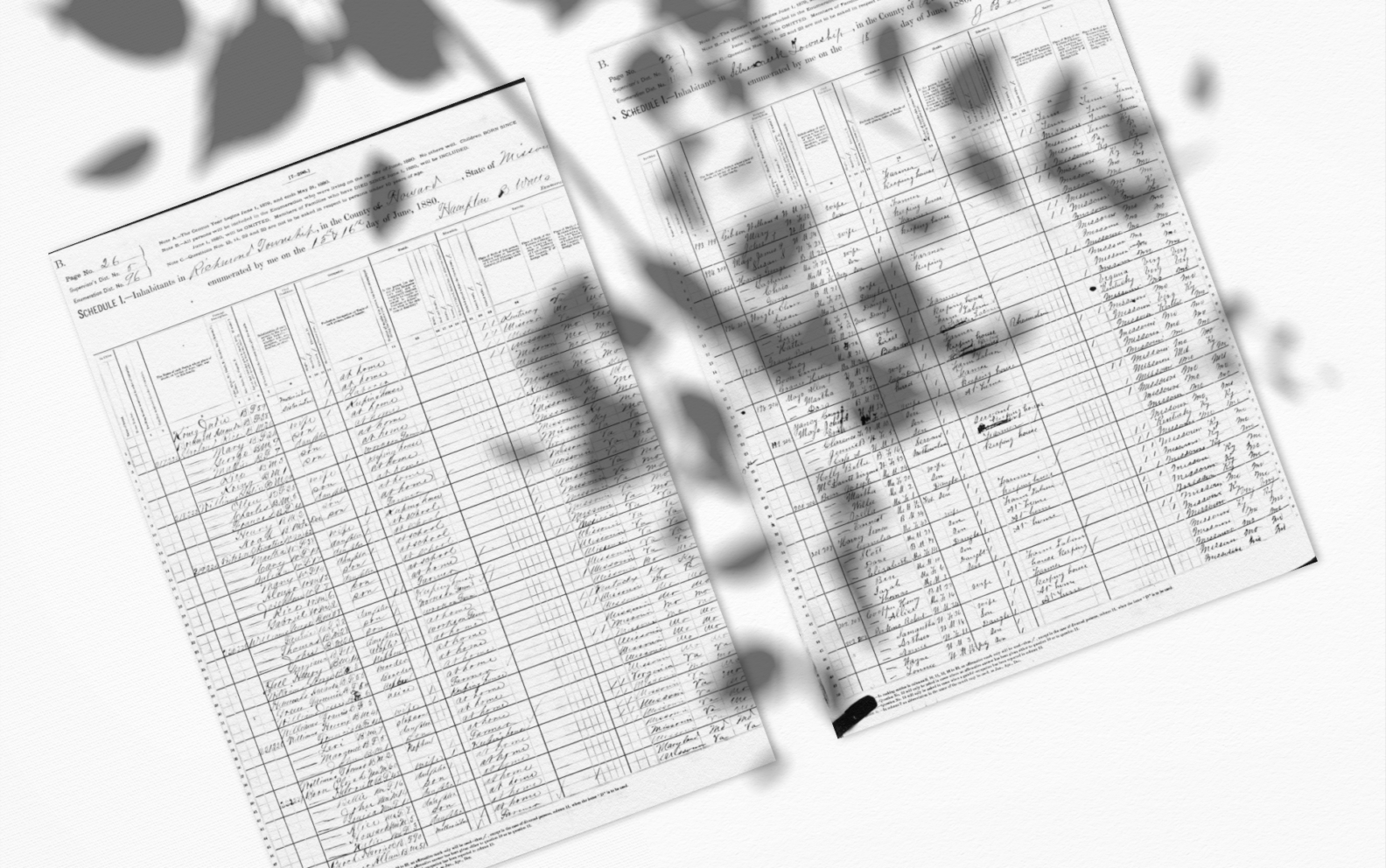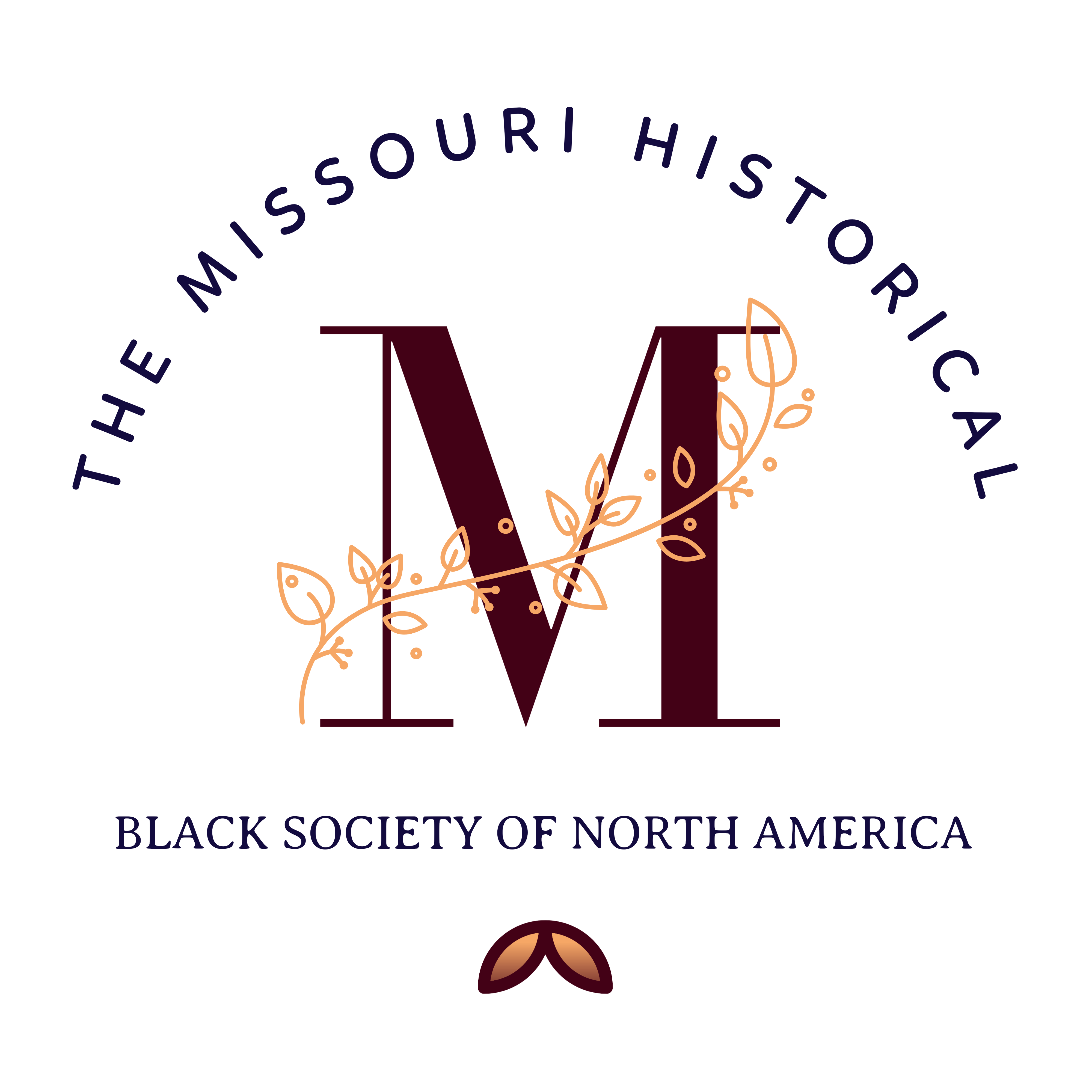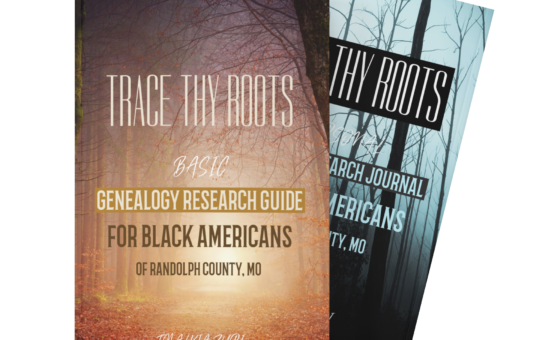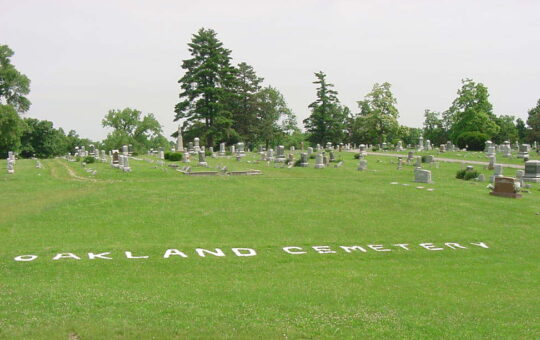Randolph County Historical Directory

Tracing Ancestors Through Census Records: A Guide for Black Genealogy Research
This course offers a comprehensive guide to using census records to trace Black ancestry, with a special focus on overcoming the specific challenges faced by descendants of formerly enslaved individuals. You’ll learn how to access, analyze, and interpret census data from different eras, including pre- and post-emancipation periods, to reconstruct family histories.
We’ll delve into topics like identifying ancestors who may have been listed as "Colored," "Mulatto," or other racial categories, as well as understanding how shifts in naming and record-keeping practices may impact your research. By the end of this course, you’ll have the tools and knowledge to effectively trace your ancestors using census data, even when faced with incomplete or inaccurate records.
Course Highlights:
-
Understanding Racial Classifications in Census Records
Learn how historical racial classifications like "Colored," "Negro," "Mulatto," and others were used in census records, and how to use this information to trace Black ancestors. -
Navigating the 1870 Census and Beyond
Gain a deep understanding of the significance of the 1870 Census—the first to record formerly enslaved individuals by name—and how to trace ancestors both before and after emancipation. -
Overcoming Challenges in Record Accuracy
Explore common challenges such as name misspellings, incorrect ages, and family relationships, and discover strategies to overcome these obstacles when tracing your family’s census data. -
Maximizing Census Data for Family Connections
Learn how to link multiple census records over time to build comprehensive family trees and uncover hidden family relationships across generations.
Curriculum
- 6 Sections
- 16 Lessons
- 13 Quizzes
- 0m Duration
Welcome to Tracing Ancestors Through Census Records
- Student Portal
- Course Overview
- Text Book and Form Samples
Chapter 1: Introduction to Census Records
- Lesson 1.1: The Foundation of Census Research for Black Americans
- Lesson 1.1: The Foundation of Census Research for Black Americans Quiz
- Lesson 1.2: The Birth of Census Records in Randolph County
- Lesson 1.2: The Birth of Census Records in Randolph County Quiz
- Lesson 1.3: Reclassification—A Blessing or a Curse?
- Lesson 1.3: Reclassification—A Blessing or a Curse? Quiz
Chapter 2: Components of U. S. Census Reports
- Lesson 2.1: Understanding Census Record Components
- Lesson 2.1: Understanding Census Record Components Quiz
- Lesson 2.2: The Role of Census Enumerators
- Lesson 2.2: The Role of Census Enumerators Quiz
Chapter 3: How to Search U. S. Census Reports
- Lesson 3.1: Using Census Records to Identify Surnames in Randolph County
- Lesson 3.1: Using Census Records to Identify Surnames in Randolph County Quiz
- Lesson 3.2 - How to Research the 1870 Census In Randolph County
- Lesson 3.2 - How to Research the 1870 Census In Randolph County Quiz
- Lesson 3.3: Census Record Accessibility and Tools
- Lesson 3.3: Census Record Accessibility and Tools Quiz
- Lesson 3.4: Navigating Census Sources for Genealogy Research
- Lesson 3.3: Navigating Census Sources for Genealogy Research Quiz
Chapter 4: Common Pitfalls in Randolph County Census Research
- Lesson 4.1: Common Pitfalls in Census Research
- Lesson 4.1: Common Pitfalls in Census Research Quiz
- Lesson 4.2: Misidentification Through Reclassification of Black Americans
- Lesson 4.2: Misidentification Through Reclassification of Black Americans Quiz
- Lesson 4.3: Identify Enumerated Census Mistakes Specific to Black Americans
- Lesson 4.3: Identify Enumerated Census Mistakes Specific to Black Americans Quiz
EXAM PORTAL
- Exam Preparation Grading Scale
- FINAL EXAM



